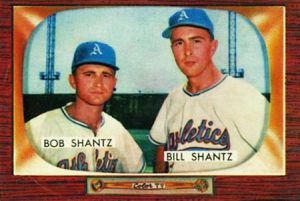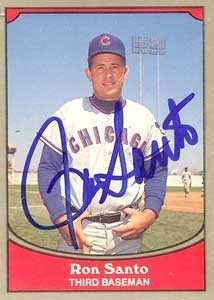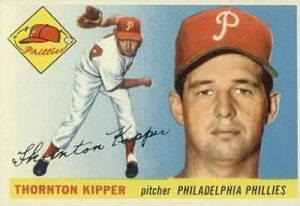In 2010, long-time Dodgers pitcher Claude Osteen sent me a stunning response to my letter. In honor of the team’s 2020 World Series title, I wanted to share Osteen’s insights one more time.
———————————
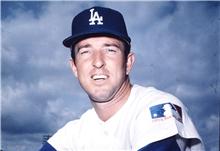
Pitcher Claude Osteen overwhelmed me with his reply. His was a letter filled with the insights of a winner.
I related to him the amazing conversation I overheard before a 1980s AAA game in Tacoma. Coach Osteen chatted with young pitchers in the bullpen, telling how getting your elbow “scooped” (bone chips removed) was great.
I realized his passion for pitching. The minor leaguers hung on his every word. He could relate to their journey to the bigs. They knew was a devoted member of the Dodgers family, focused on the organization’s future.
Where did that passion and devotion come from? Did he find role models in Los Angeles? Osteen wrote:
“I learned from Koufax and Drysdale what it meant to be a Dodger and how the name was synonymous with pitching. I was embarrassed not to pitch well.”
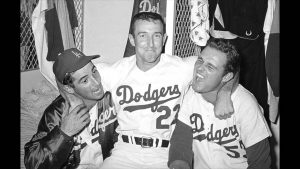
Osteen’s name will always be synonymous with autograph collectors. My favorite resource, www.sportscollectors.net, reported that the 81-year-old has responded to more than 800 autograph requests. The collector success rate, says the website, is 97 percent!

